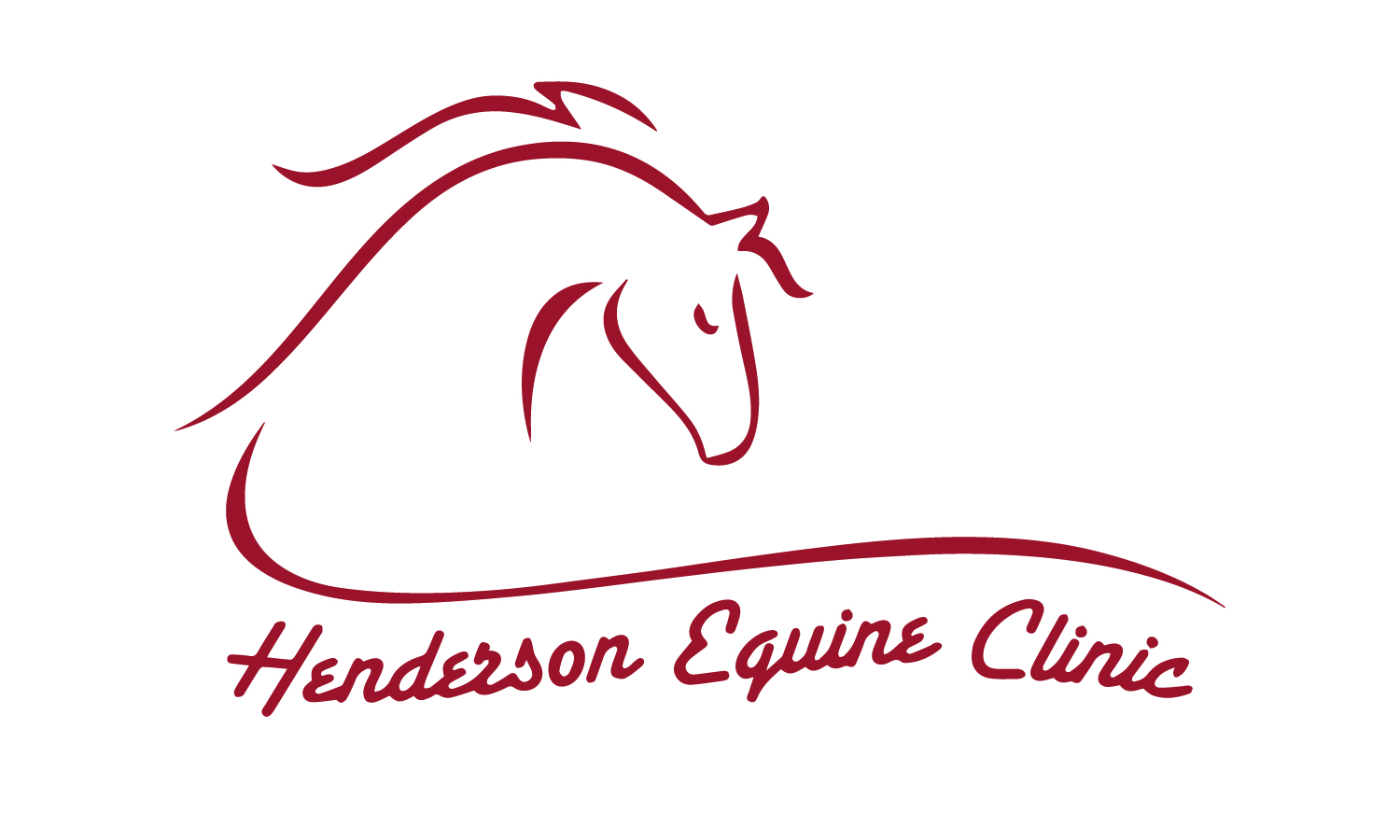Saddle Fitting
Riding a horse in a poorly fitting saddle is like putting on shoes that don’t fit, and then going running for an hour or so. Pressure points can cause a horse significant discomfort during riding, which can lead to poor performance, behavior issues, muscle soreness and back misalignment. Saddles can be poorly fitting in many different ways. They can be too narrow, causing pinching at the withers. They can be too wide, resulting in weight being put directly on the spine. Tipping forward or back can result in uneven pressure even with the most balanced rider. A properly balanced saddle can be a tremendous help to your horse’s comfort and performance, as well as your own.
A properly fitting saddle can be a tremendous help to your horse’s comfort and performance, as well as your own. Now, of course we’d all like to have the money to invest in a custom saddle for each horse and rider combination. But that often isn’t feasible, and one saddle is often swapped between many different horses. It’s important, then, to take a critical look at the way the saddle fits the horse, and make adjustments if possible. If adjustments are not sufficient to make it work, sometimes it is necessary to purchase/beg/borrow a different saddle which will fit your horse’s back properly.
In a saddle fitting consultation, we start with the horse. We take a step back and evaluate conformation first. Are the withers high? Is the back straight, or is it roached or swayed? Are the muscles of the back well developed, or is this horse new to training and will be filling out with time? Once we have an overall idea of conformation, we can get our hands on the horse. We feel for sensitive areas, muscle soreness, even saddle rubs. Often a chiropractic evaluation and adjustment is performed during this exam, which can yield more information about how the horse has been using his body.
Then it’s time to take a look at the saddle alone. There are several lines of symmetry, and all should be evaluated. A well made saddle should be symmetrical as you look from back to front, on both the topside and upside down, through the gullet. The panels should be equally padded on both sides. The tree should give good resistance with compression; a broken tree will usually result in too much “give”, and would be dangerous to use.
Finally, it’s time to evaluate the saddle on the horse. It’s usually best to start off by placing the saddle on the horse’s back without any pads, girths or breastplates. Just sit it there and see where it settles in. Sometimes it’s helpful to walk the horse a few strides (with a spotter to catch the saddle, should it fall!) and see where the saddle “wants” to be. All the contraptions in the world won’t keep your saddle in place if it’s naturally sliding off the horse’s hindquarters.
With the saddle on the horse’s bare back, we can slip our hands under the saddle and feel for “tight” spots along the panels and gullet. The panels should evenly contact the horse’s back musculature, without pressure points or gaps. “Bridging” is a tendency for the saddle to contact well at the front and back, but not in the middle of the saddle. A small amount of bridging is okay, and may benefit horses that are required to bring their backs “round” under the rider, especially in dressage. But a large amount of bridging means that too much pressure is being placed at the front and back of the saddle.
We also need to check the “balance point” of the saddle; that is, the part of the seat which is level when placed on the horse’s back. This should be in the middle of the saddle – if it is too far back or too far forward, the saddle is not well balanced. A poorly balanced saddle with likely put too much pressure on the front or back, and will also make it very hard for the rider to sit correctly and balanced in the saddle.
Now we can apply the girth and see how that changes things. Again, checking for pressure points, bridging, and the movement of the balance point. We can also apply the saddle pads that are used, as see how those affect the fit of the saddle. Finally, we can add the rider. Riding for a bit in a clean saddle pad, then removing the saddle pad to investigate the dirt spots can be informative – is the left side much dirtier than the right? It’s possible that more pressure was being exerted on that side.
Evaluating saddle fit takes time, and a critical eye. But once we know where the trouble spots are, we can adjust them accordingly. Some saddles can be restuffed in the panels, and pads can sometimes be added to help the saddle fit correctly. Of course, no pad will make a very poorly fitting saddle fit “well”. It’s all worth it if we can keep our horse’s backs happy and healthy.
Keep in mind that the saddle isn’t the only thing that can cause pain or discomfort if improperly fitted. The bit can be too small or large, or fastened too high or low in the horse’s mouth. This can cause significant communication problems between horse and rider. An improperly fitted breastplate can constrict the chest or cause the saddle to be pulled too far forward.
Blankets which do not fit properly can not only be uncomfortable, they can be unsafe. Horses spend many hours a day in a blanket without supervision. A low hanging strap, or a loose, shifting blanket can cause a horse to become hung-up. A trapped horse will often panic, causing damage to himself and likely his enclosure.
